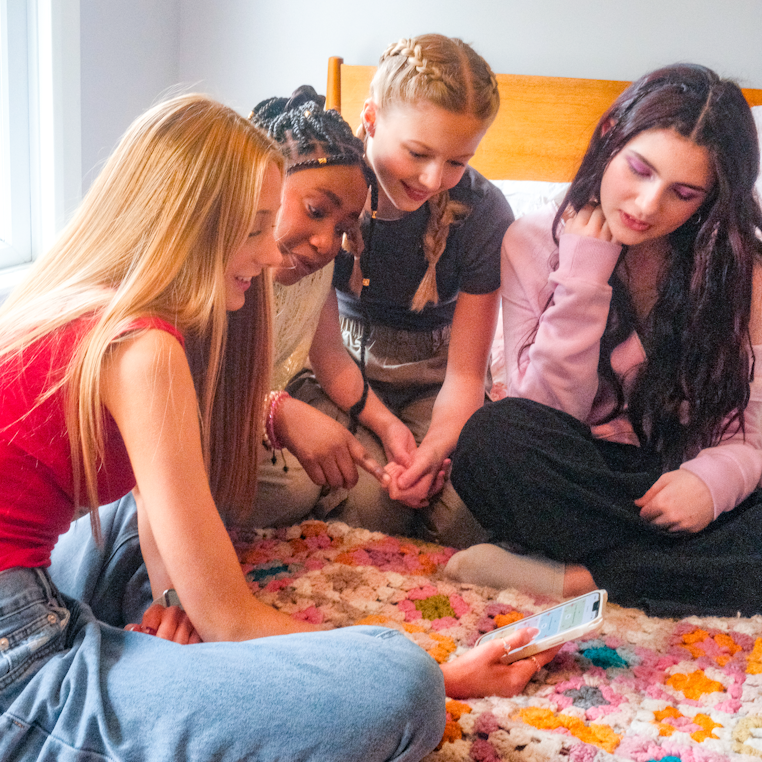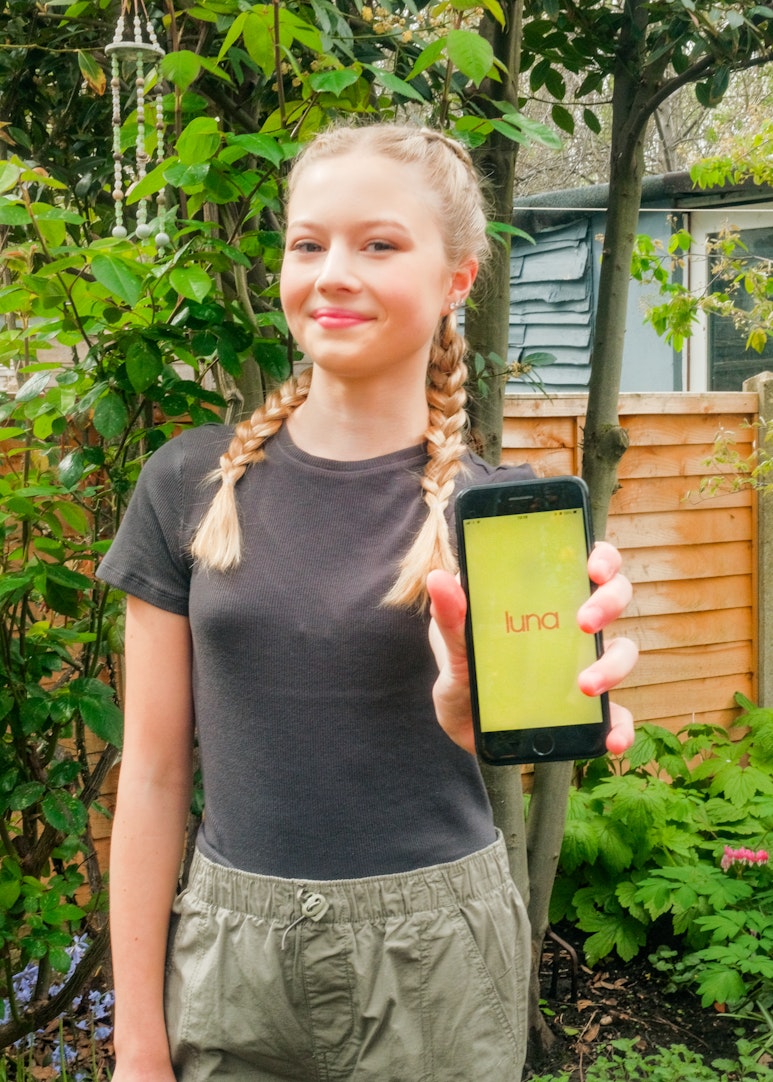
Facial harmony: what you need to know about it as a parent
A guide on good facial features vs. bad facial harmony

Quick summary
- The "good facial features/bad facial harmony" trend encourages teens to judge their looks by zooming in on features, then seeing how they fit together
- But beauty isn’t just about symmetry – confidence, personality, and culture all play a role in how someone is perceived
- Encourage your teen to focus on self-acceptance and remind them that social media trends don’t define real beauty or self-worth

As a parent, it's natural to be concerned about what your teens or tweens are exposed to on social media – we hear this from so many of you, and want to help!
Recently, a trend called "good facial features/bad facial harmony" has gained popularity.
This trend involves users taking close-up footage of individual facial features (eyes, mouth, nose) and then zooming out to see if those features create "good facial harmony."
The idea is that people can have "good" features but "bad" overall harmony and vice versa, leading to cruel comments and judgments.
But through this blog, we’ll try to give you the right ideas so you can provide your teen the help they need.
Facial harmony meaning explained for parents
Facial harmony refers to the balance and proportion of facial features like eyes, nose, lips, and jawline – in relation to each other and the overall face.
This concept has been discussed in aesthetic medicine and plastic surgery.
In recent times, the idea of facial harmony has gained popularity on social media platforms like TikTok.
Teenagers analyse their facial features to determine if they align with certain beauty standards.
This trend can sometimes lead to your teen suffering from low self-esteem.
As parents, it's important to understand this concept to guide and support your teens.
Armed with this knowledge, you can then encourage open conversations about body image and remind them that beauty is subjective and diverse.
The medical perspective of facial harmony
Doctors, especially plastic surgeons who study facial aesthetics, talk about facial harmony.
This concept refers to how balanced and complementary one's facial features are.
However, it's crucial to understand that doctors also recognise that beauty isn't just about measurements.
Navigating the bad facial harmony TikTok trend
The “facial harmony” trend on TikTok encourages teens to evaluate whether their facial features are perfectly balanced.
They often use filters or apps that claim to measure symmetry or aesthetic ratios.
While it may seem harmless at first, this trend can quickly lead to unhealthy comparisons, body dysmorphia, and a fixation on perceived flaws.
Especially given that most people try to tweak those natural features by:
- The makeup and hairstyle they choose
- The camera angles used to film
- Their personality traits, like confidence, charisma, and humor
Remember, the more dramatic they make the close-up vs. the zoomed-out clip, the more viral they’re likely to go! To understand the influence of TikTok beauty challenges, check out our resource on navigating TikTok skincare trends.
There's complexity in attraction
Attraction is much more complicated and personal than simply having "good" features.
Here are some important factors to consider:
- Cultural differences: beauty standards vary widely across different cultures
- Health: mental and physical health often contribute to attractiveness
- Personal preferences: everyone has unique tastes; what one person finds attractive may differ from another
- Self-esteem and confidence: feeling good about oneself and being confident are significant aspects of attractiveness
Key takeaways for parents
The "good facial features/bad facial harmony" trend greatly oversimplifies the concept of beauty.
Beauty is much more than symmetry and proportions – it's subjective and influenced by numerous factors, including camera angles.
Try to encourage your teen to celebrate their unique beauty and not fixate on their features.
Remind them that confidence and self-love are the most attractive features of all, based on genuine laws of attraction.
As a parent, you can help by:
- talking to your teen about where these beauty standards come from
- encouraging media literacy, reminding them that filters and algorithms don’t define beauty
- promoting confidence in their individuality and strengths beyond appearance
Being aware of these trends allows you to have meaningful conversations that affirm your teen's value and protect their mental wellbeing.
Hopefully now, if your teen comes to you with questions about this trend or you want to discuss this trend with your teen, you'll be armed with the medical knowledge to help them understand the bigger picture.
How we created this article:
luna's team of experts comprises GPs, Dermatologists, Safeguarding Leads and Junior Doctors as well as Medical Students with specialised interests in paediatric care, mental health and gynaecology. All articles are created by experts, and reviewed by a member of luna's senior review team.
Sources:
BPS "Science of attraction"
https://www.bps.org.uk/psychologist/science-attractionVeryWell Mind "What defines beautiful according to psychologists"
https://www.verywellmind.com/what-defines-beautiful-according-to-psychologists-5180378VeryWell Mind "What is physical attraction"
https://www.verywellmind.com/what-is-physical-attraction-5220624We'd love to keep in touch!
Sign up to our parent newsletter for emails on the latest teen trends, insights into our luna community and to keep up to date
By signing up, you are agreeing that we can use your email address to market to you. You can unsubscribe from marketing emails at any time by using the link in our emails. For more information, please review our privacy statement.